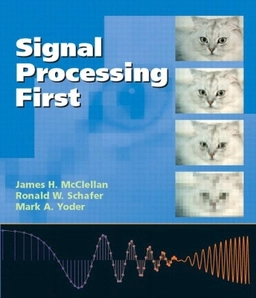

Communication systems engineeringUpplaga 2
- Upplaga: 2a upplagan
- Utgiven: 2002
- ISBN: 9780130617934
- Sidor: 816 st
- Förlag: Prentice Hall
- Format: Häftad
- Språk: Engelska
Om boken
Åtkomstkoder och digitalt tilläggsmaterial garanteras inte med begagnade böcker
Mer om Communication systems engineering (2002)
2002 släpptes boken Communication systems engineering skriven av John G. Proakis. Det är den 2a upplagan av kursboken. Den är skriven på engelska och består av 816 sidor. Förlaget bakom boken är Prentice Hall som har sitt säte i Upper saddle river.
Köp boken Communication systems engineering på Studentapan och spara pengar.
Referera till Communication systems engineering (Upplaga 2)
Harvard
Oxford
APA
Vancouver



















